“This year’s theme of CO-PRODUCTION is a nod to the Fair’s central ethos of working collaboratively with and connecting all players in the art industry,” says Lucy MacGarry, co-founder and director. “The theme sees galleries, artists and institutions come together to create an exciting programme of exhibitions and special projects, exemplifying the truly African sentiment of what is possible through collaboration.”
The Fair’s 2025 International platform takes a deliberate and engaged focus on neighbouring country Botswana, with several exhibitors working collaboratively to create a presentation that respects the balance between contemporary art and more traditional, foundational art practices in that region.
INDEX, an annual focus on independent artists, is curated by artist Bonolo Kavula. In her tenure as INDEX curator, Kavula’s exhibition seeks to highlight the rich depth of abstract art. Kavula mentors her chosen artists, in posing questions that force them to think deeper about abstraction, and what it is they are abstracting.
In the gardens, an outdoor exhibition Disturbed Currents: Art for a Warming World explores how it is that we inform the climate, and how it, in turn, informs our own lived experience, while ESSAY sees stoneware sculptures by doyenne of South African ceramic sculptors, Amalie von Maltitz, shown alongside charcoal drawings by Sydney Kumalo.
For the first time, Design Week South Africa is involved in the fair and has curated the Design Showcase, an opportunity to shop some of the most premium local brands, while enjoying the art displays.
Through all of these (and more) Special Projects, and the works of 50 exhibiting galleries, RMB Latitudes strikes a balance between the serious business of the art world and the sheer joy of engaging with creativity in an open, welcoming space. This curatorial approach embraces an intergenerational and diverse audience – whether seasoned collectors or first-time visitors – broadening access to art while fostering sustainable economic growth in the sector.




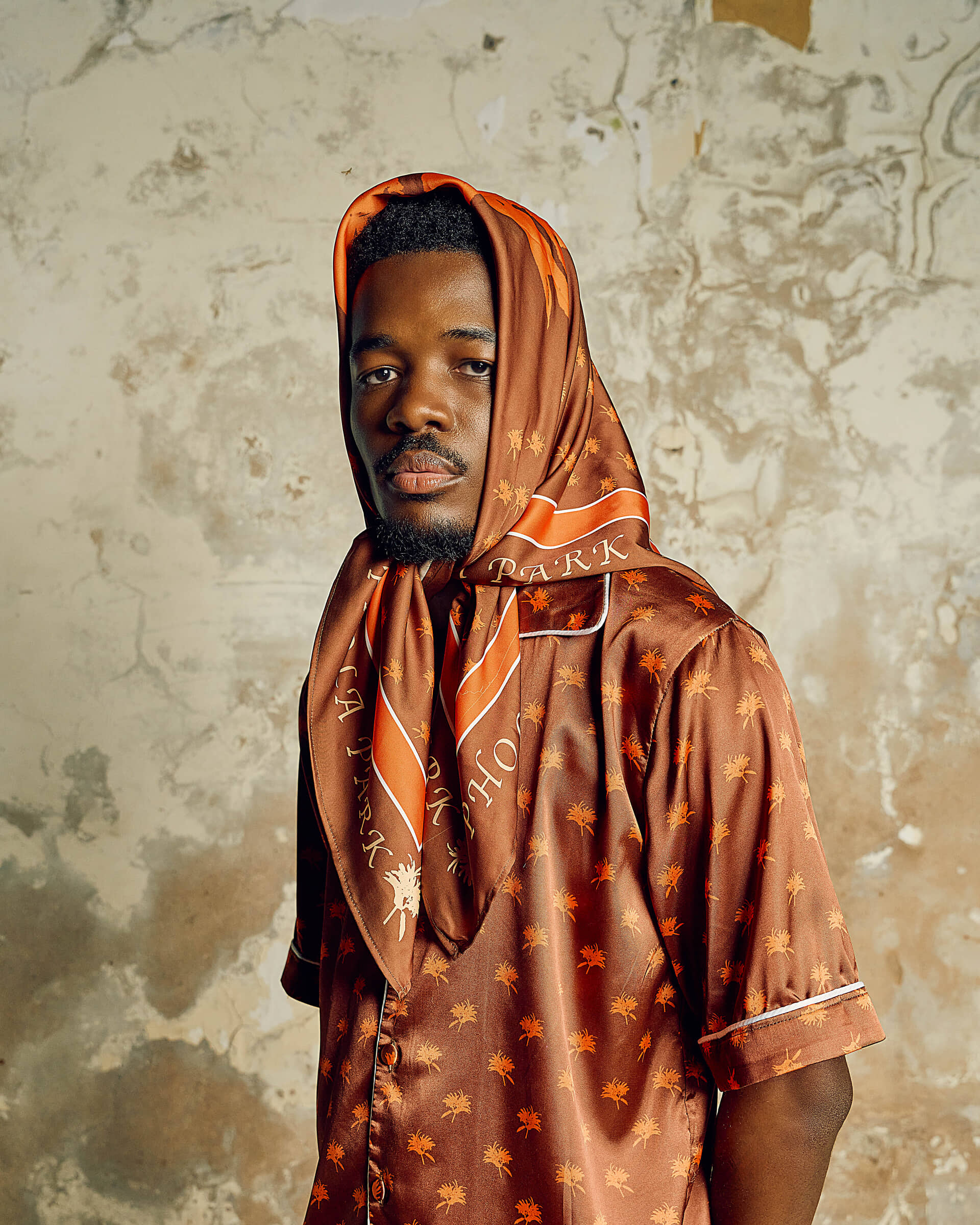
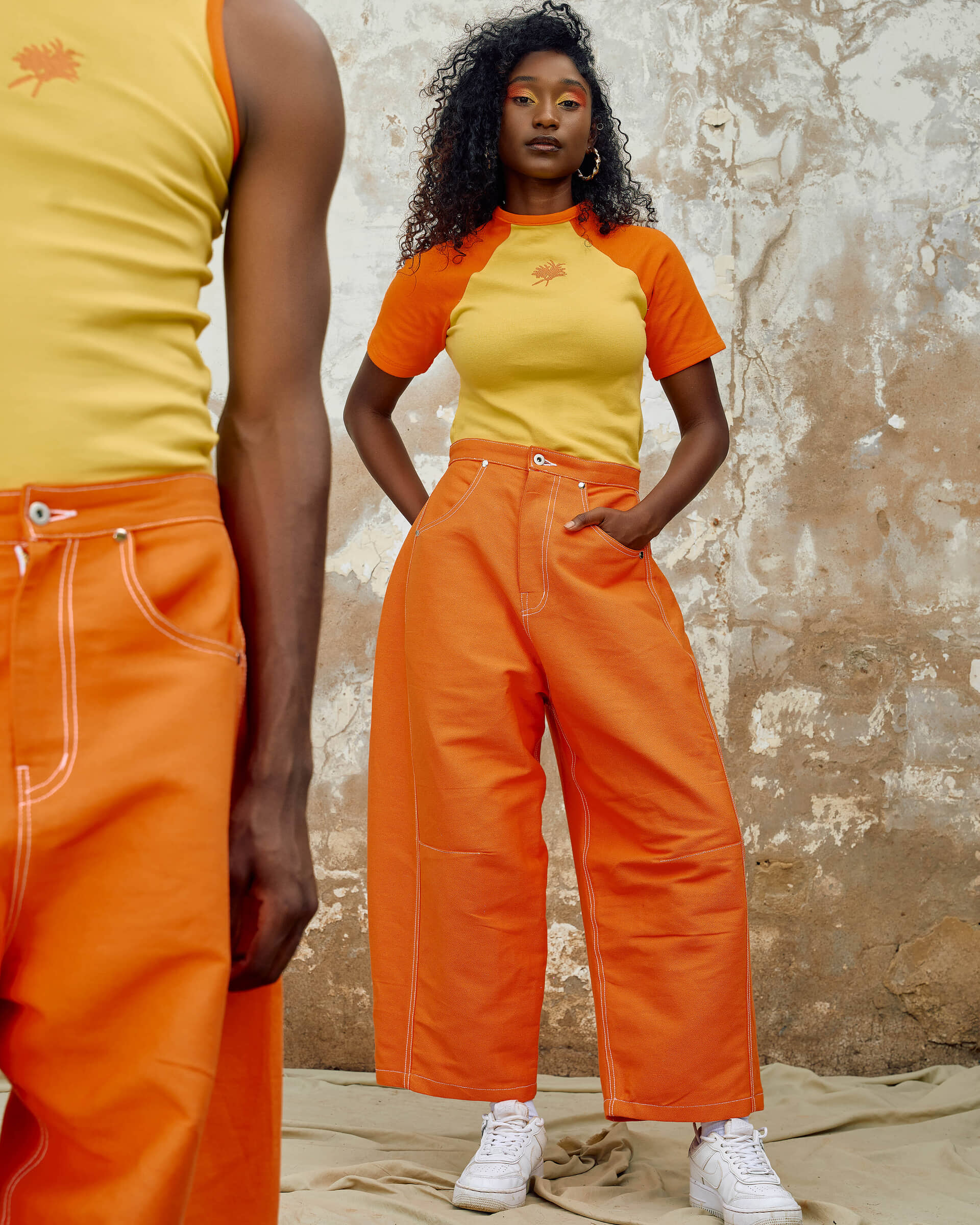
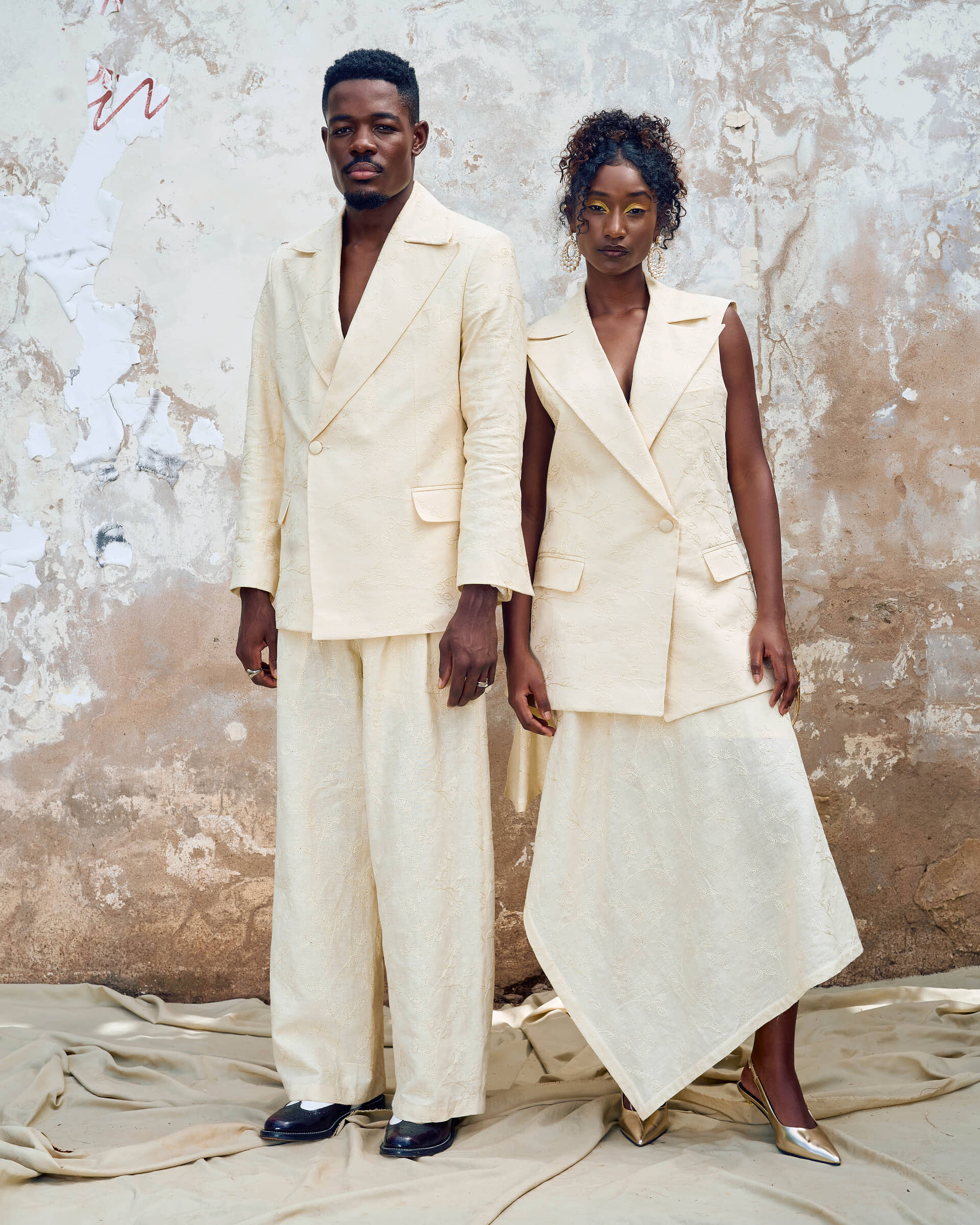
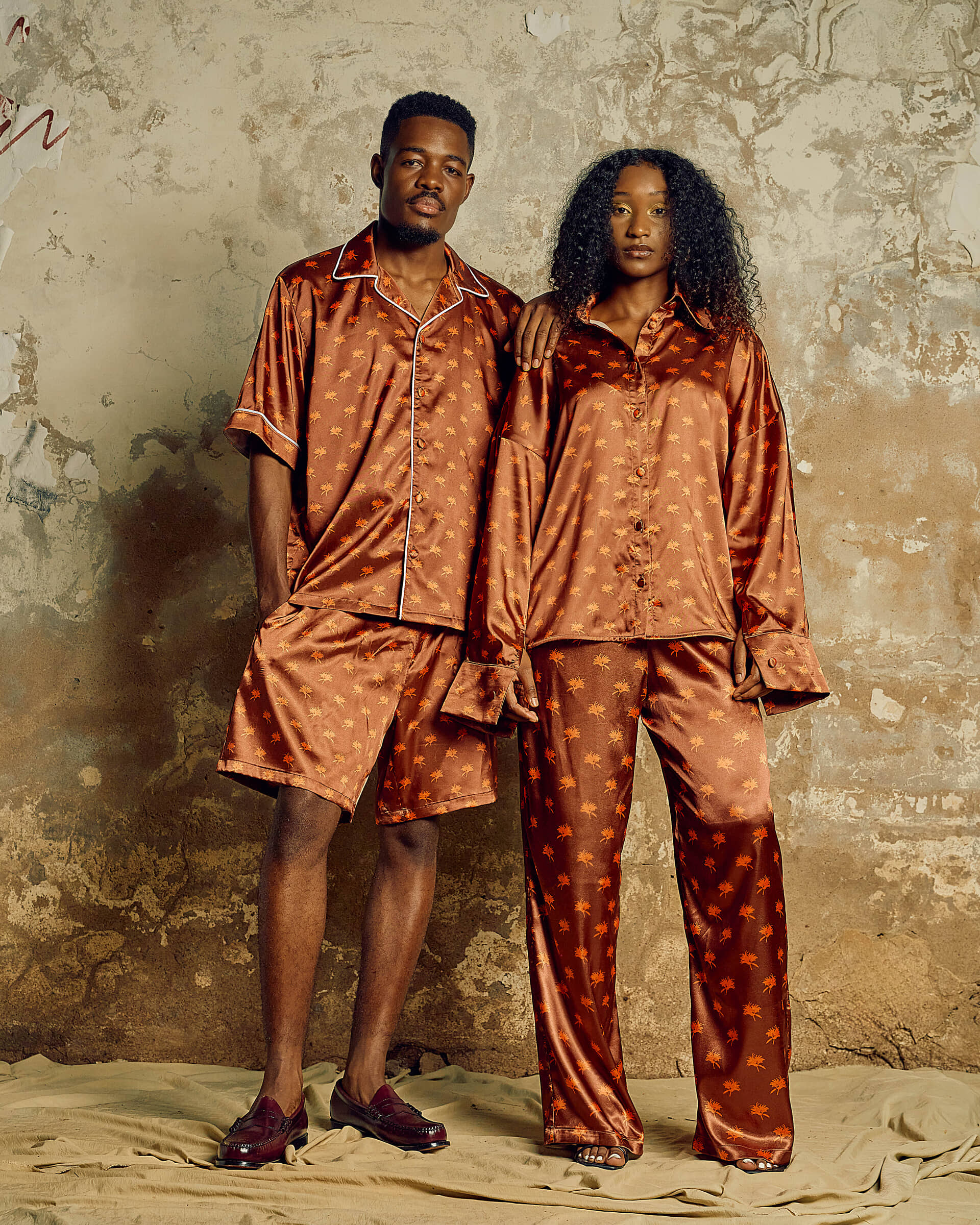
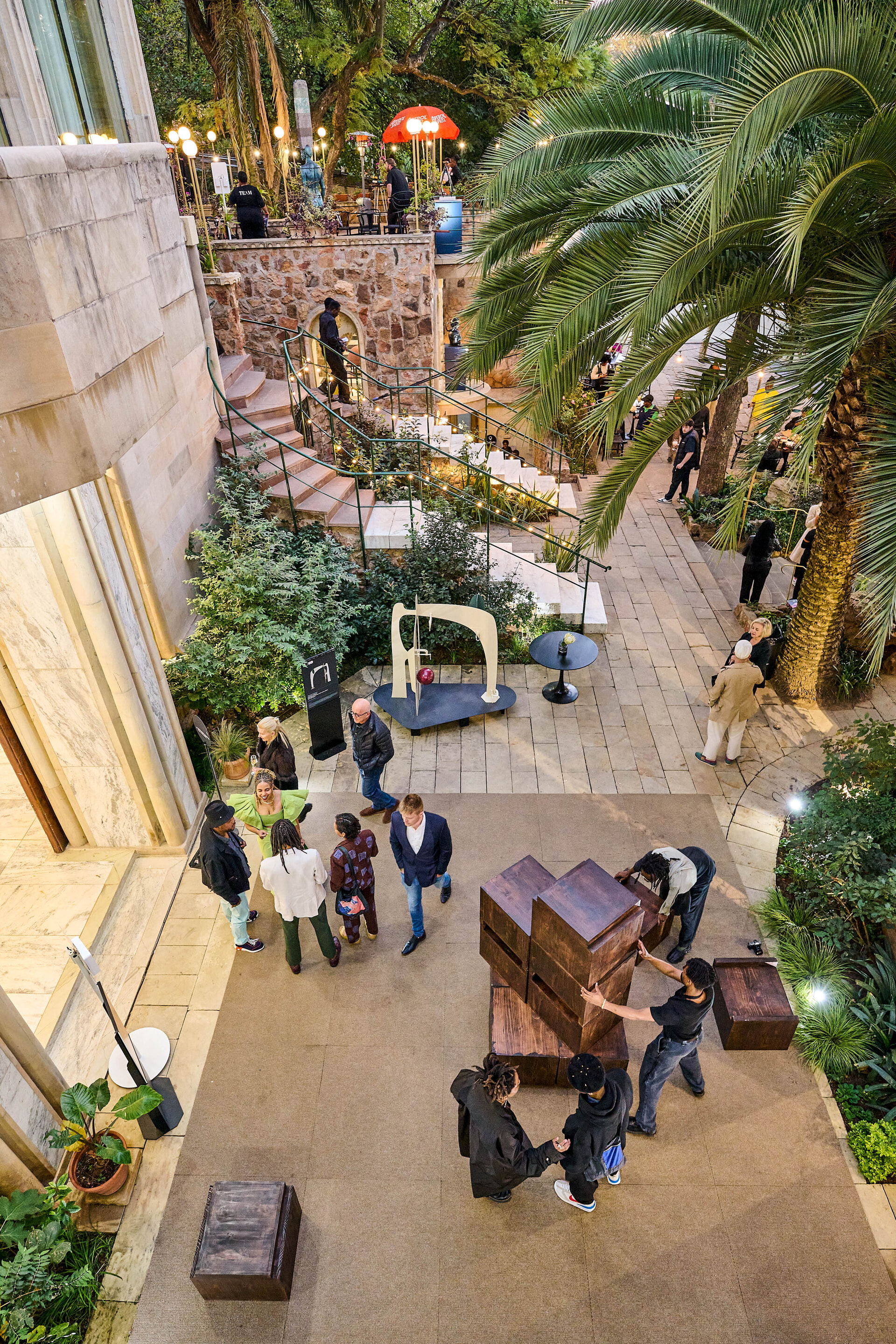
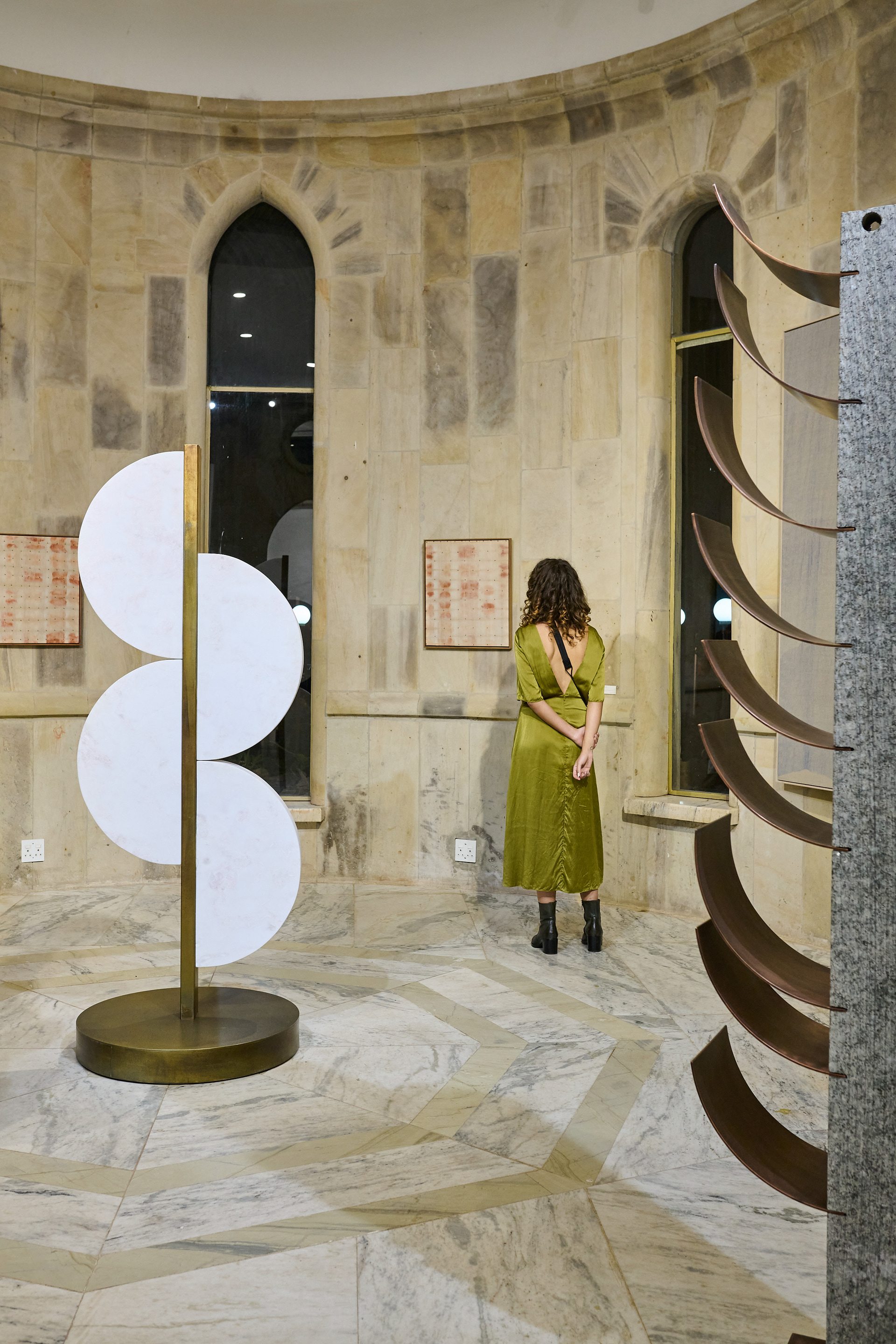
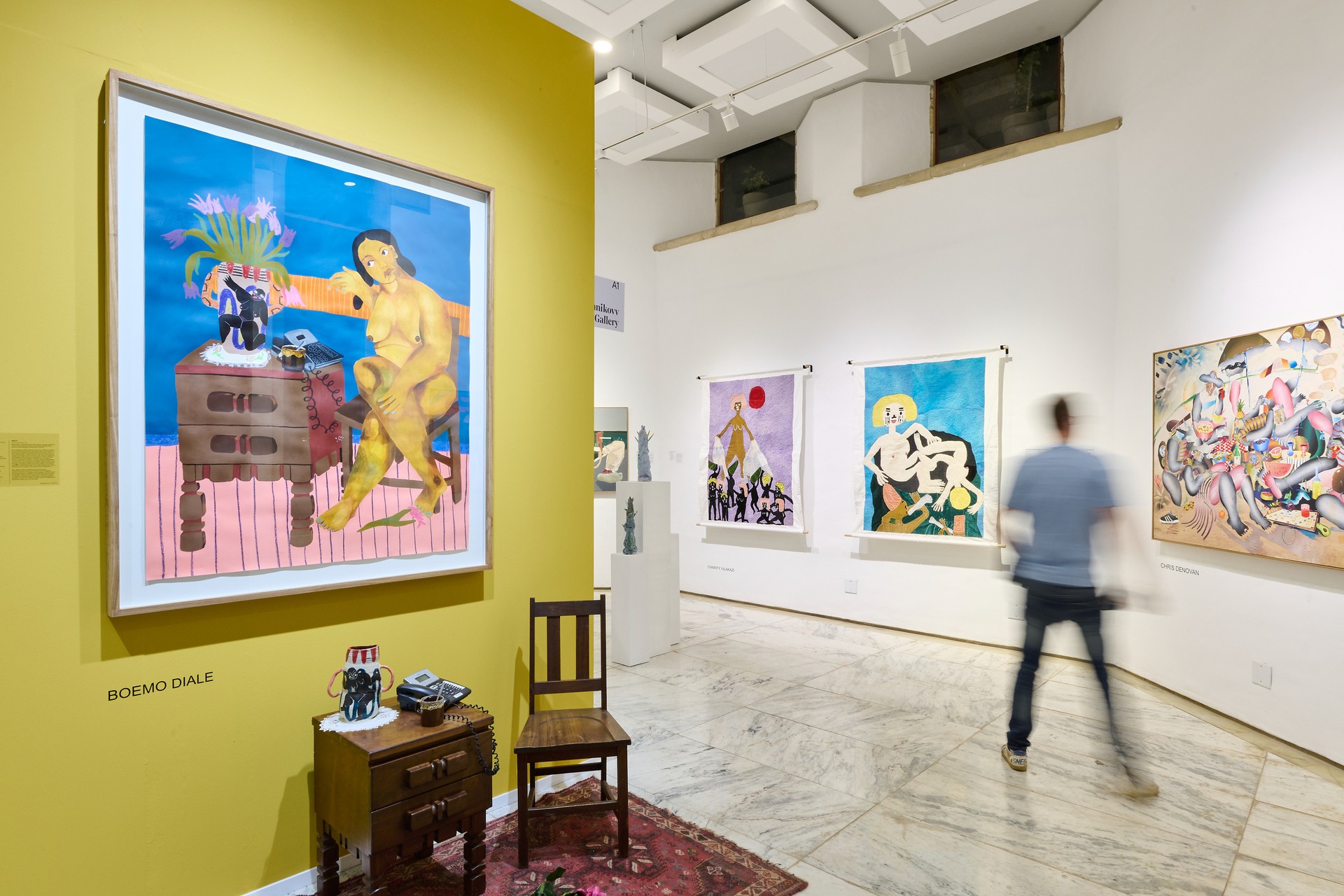
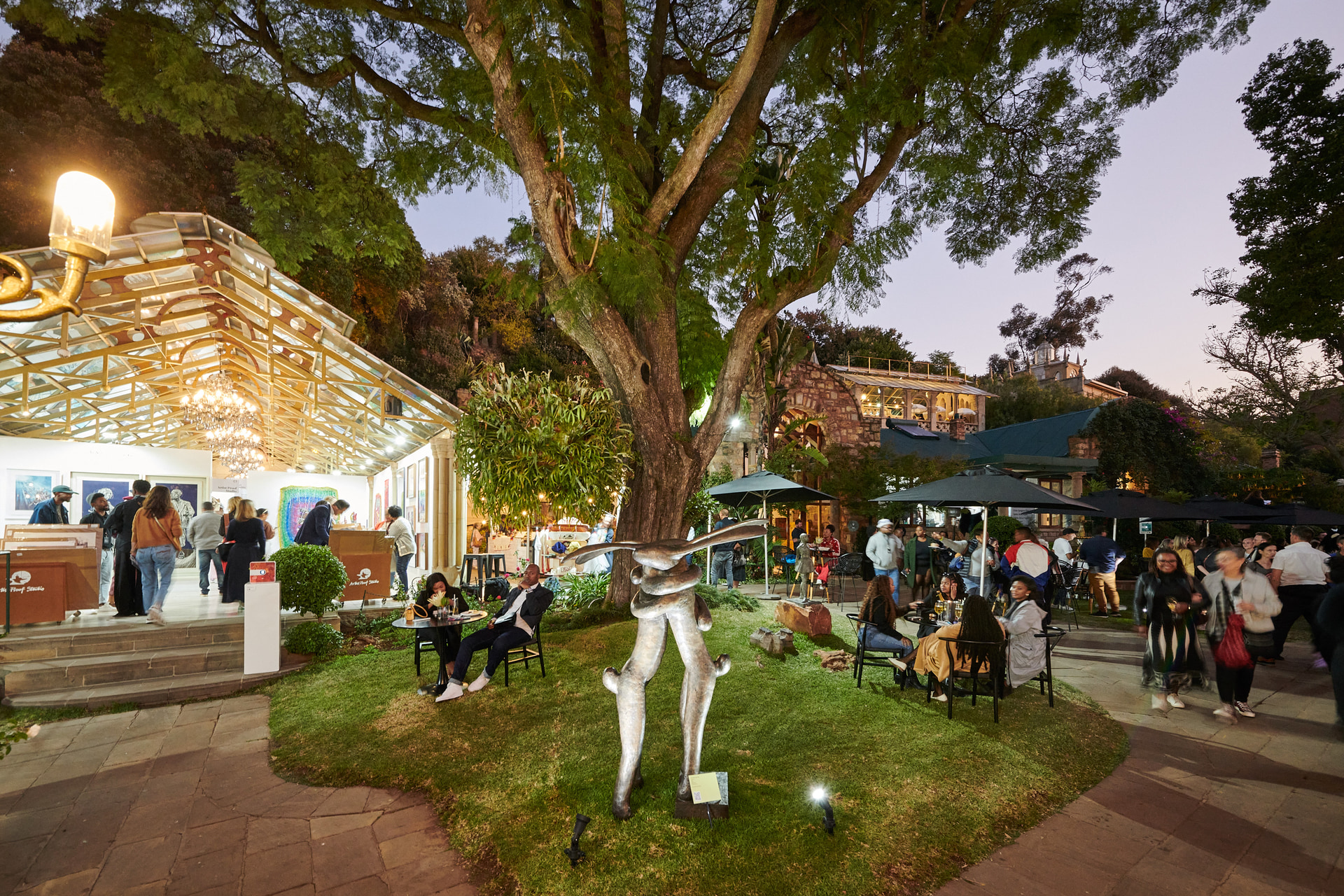
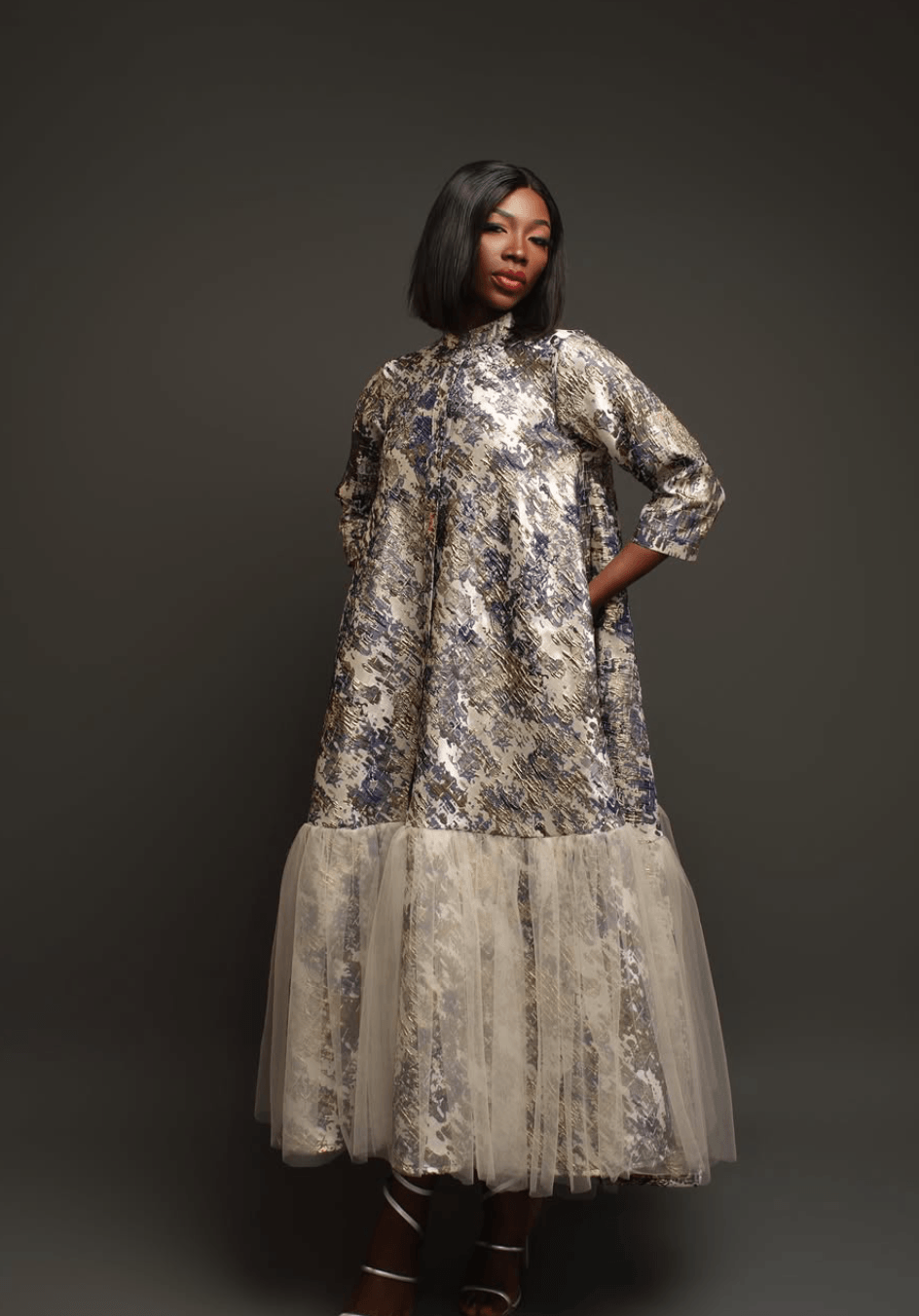
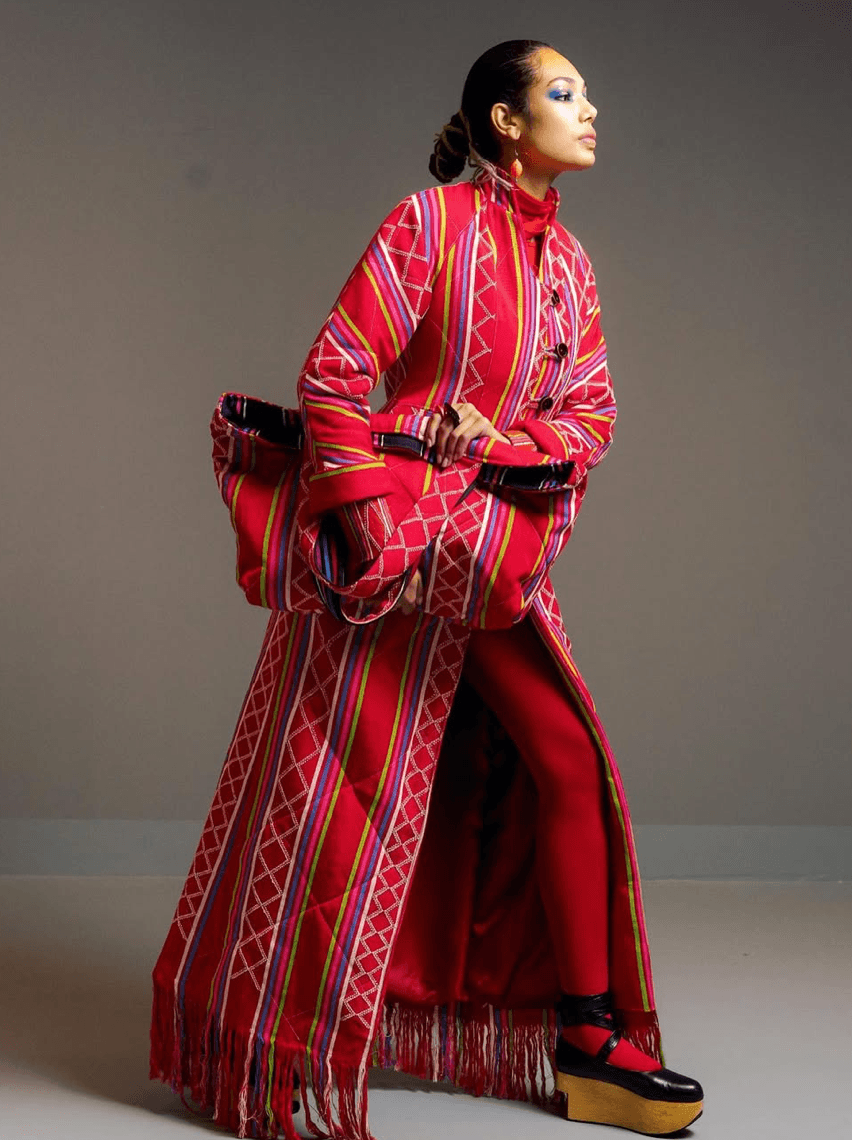
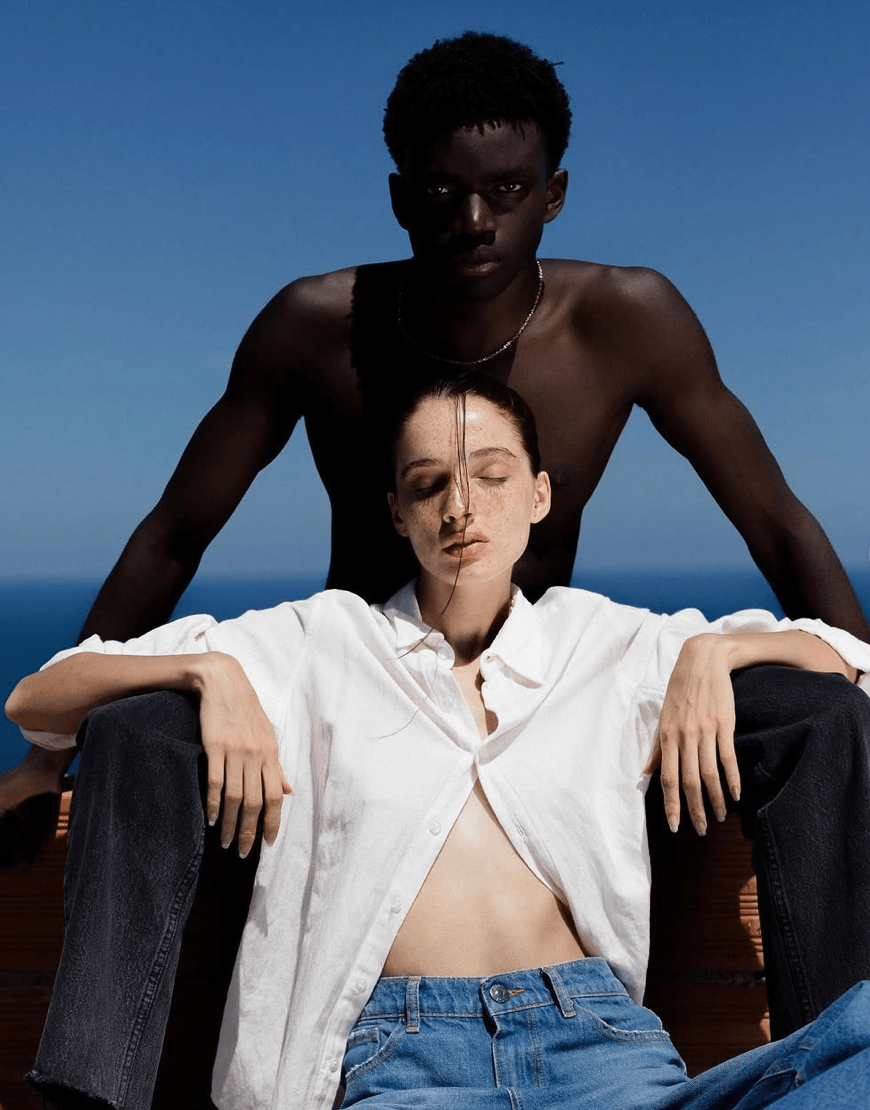

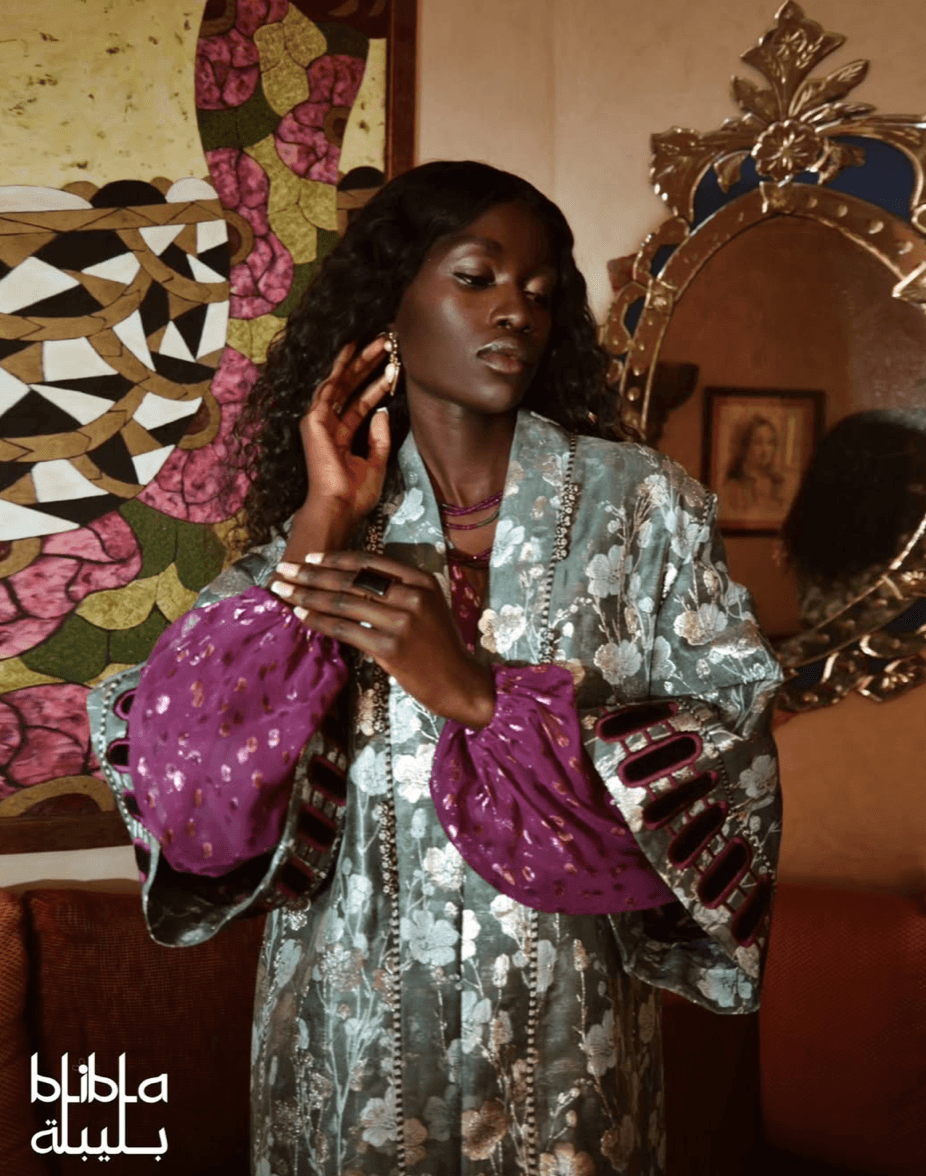
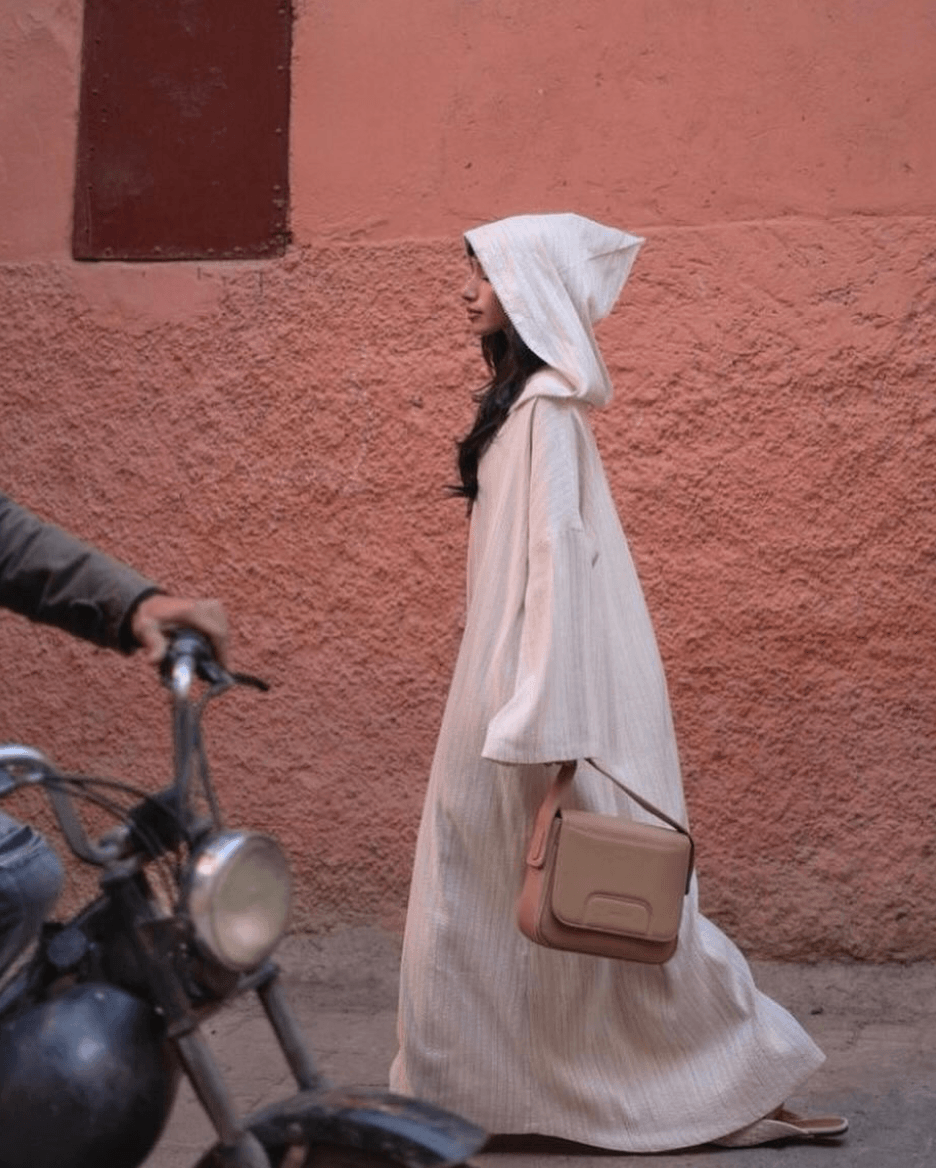
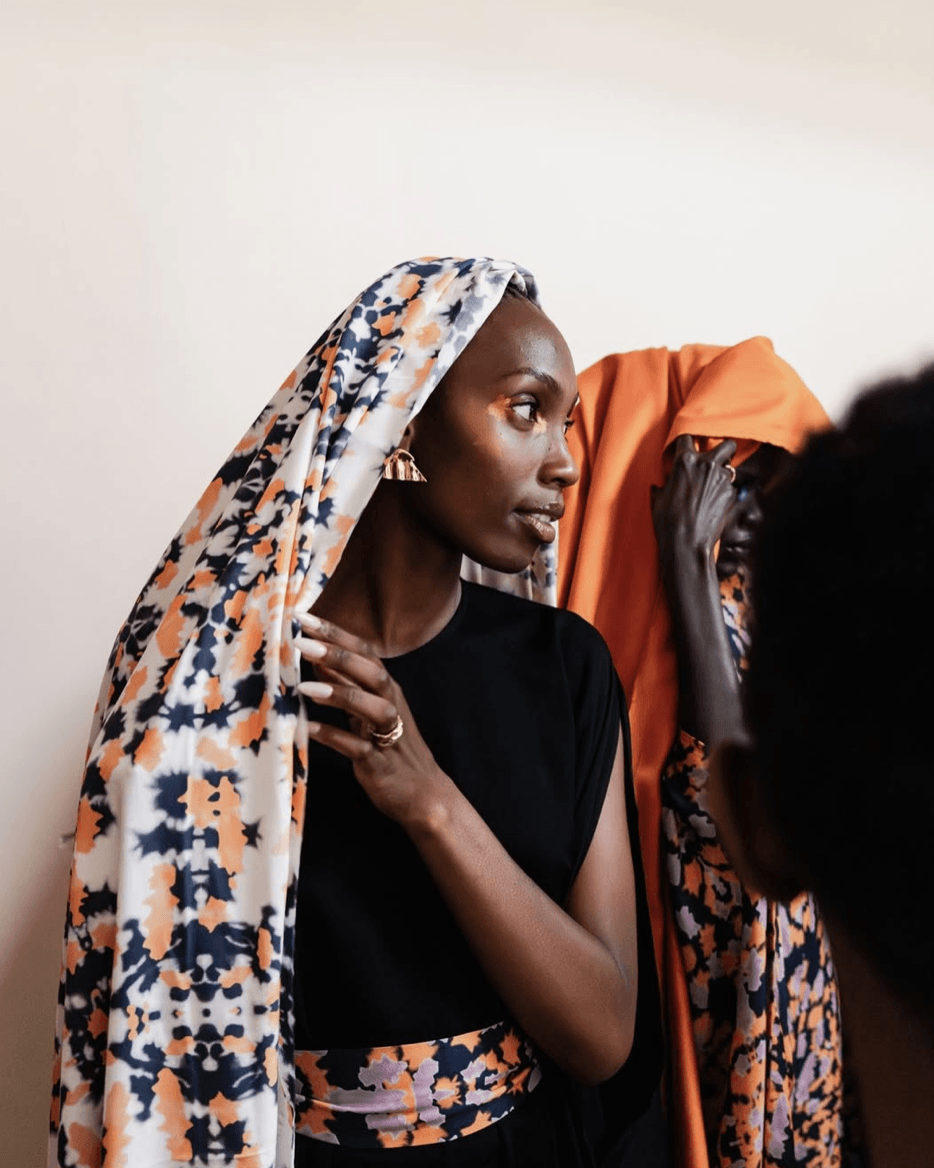
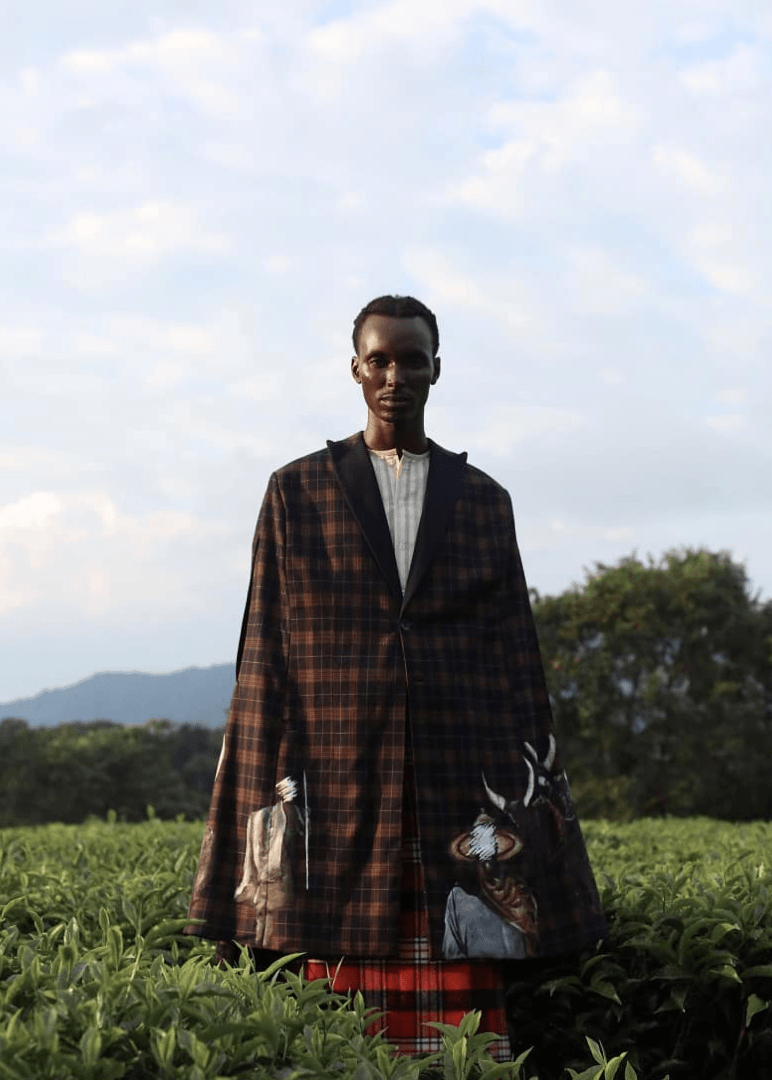
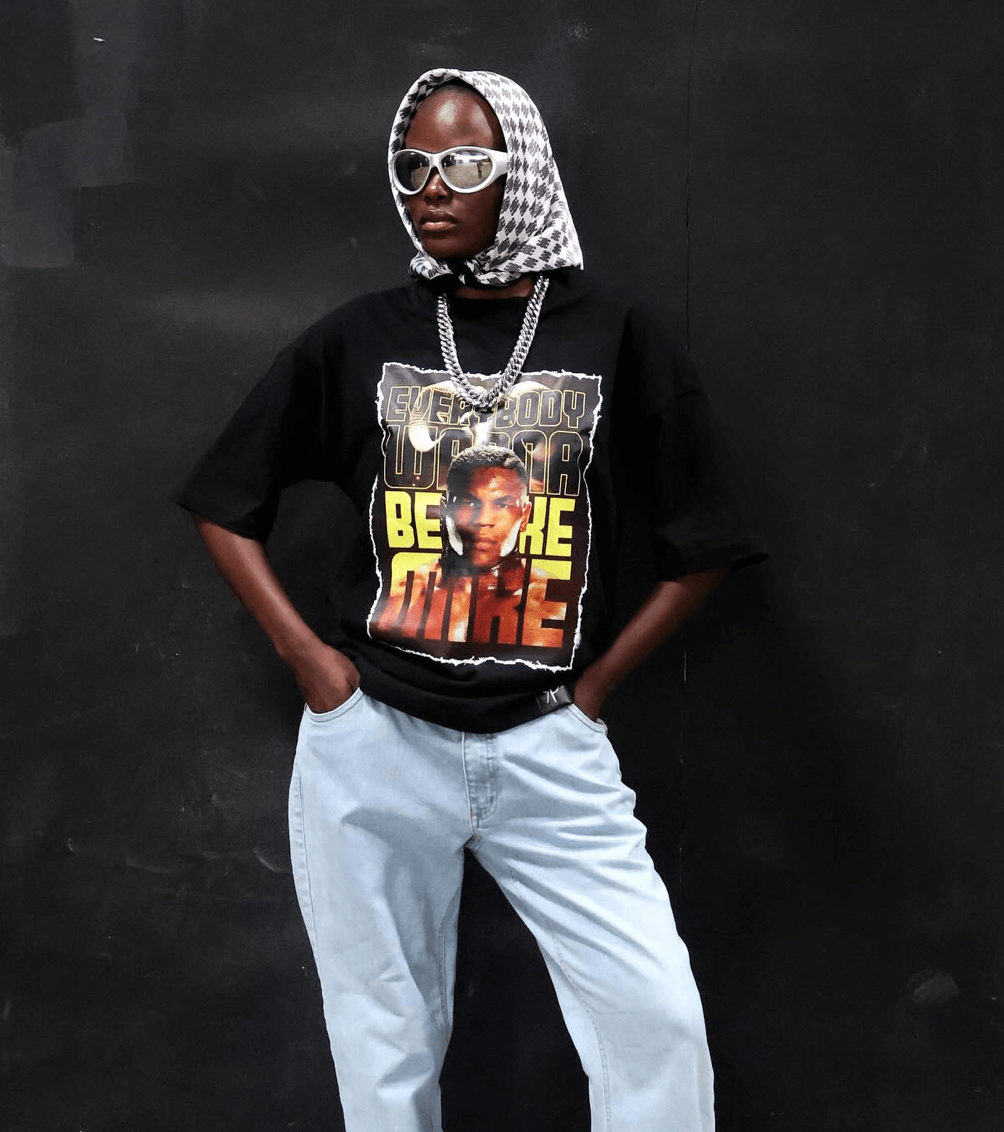
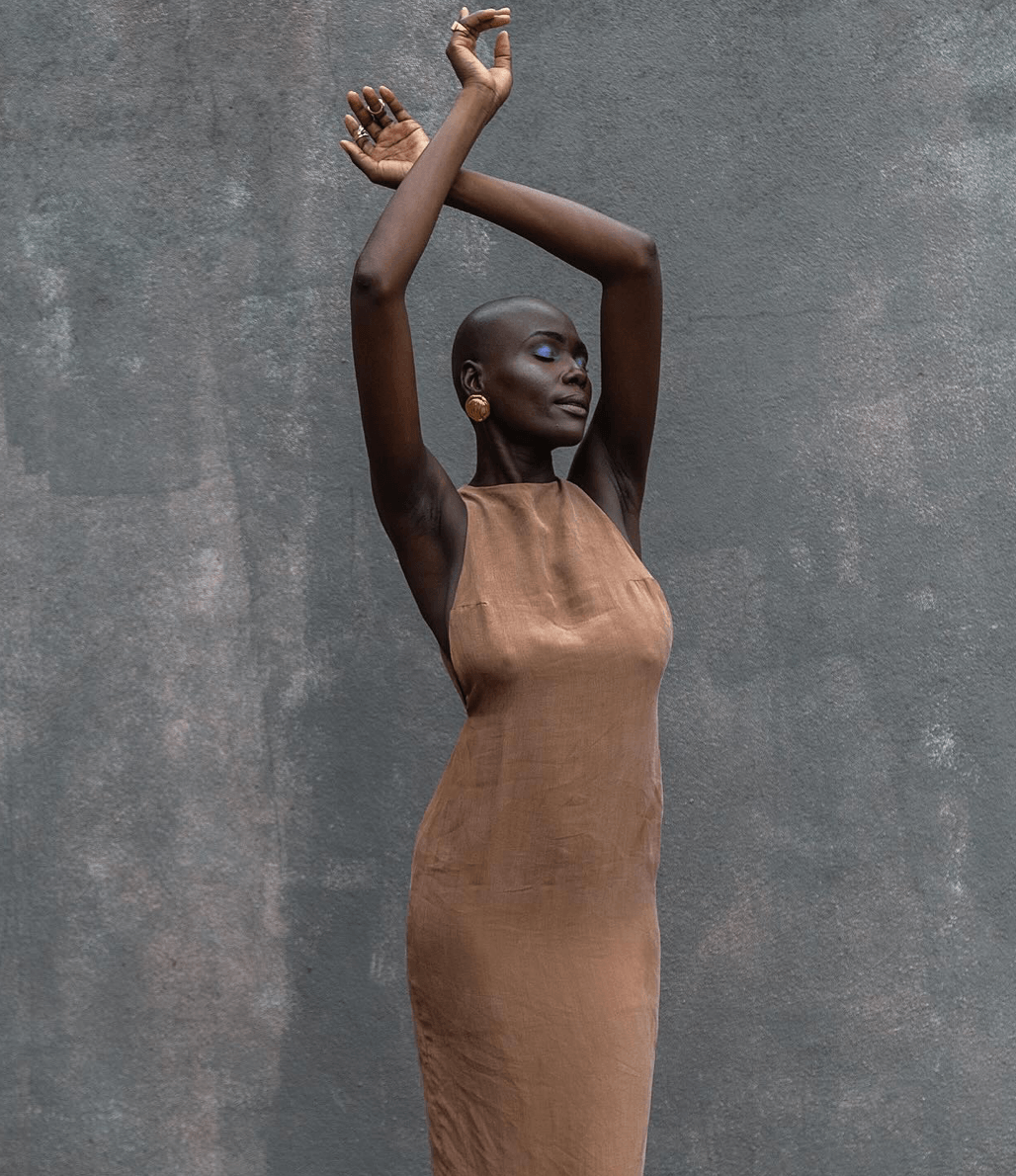

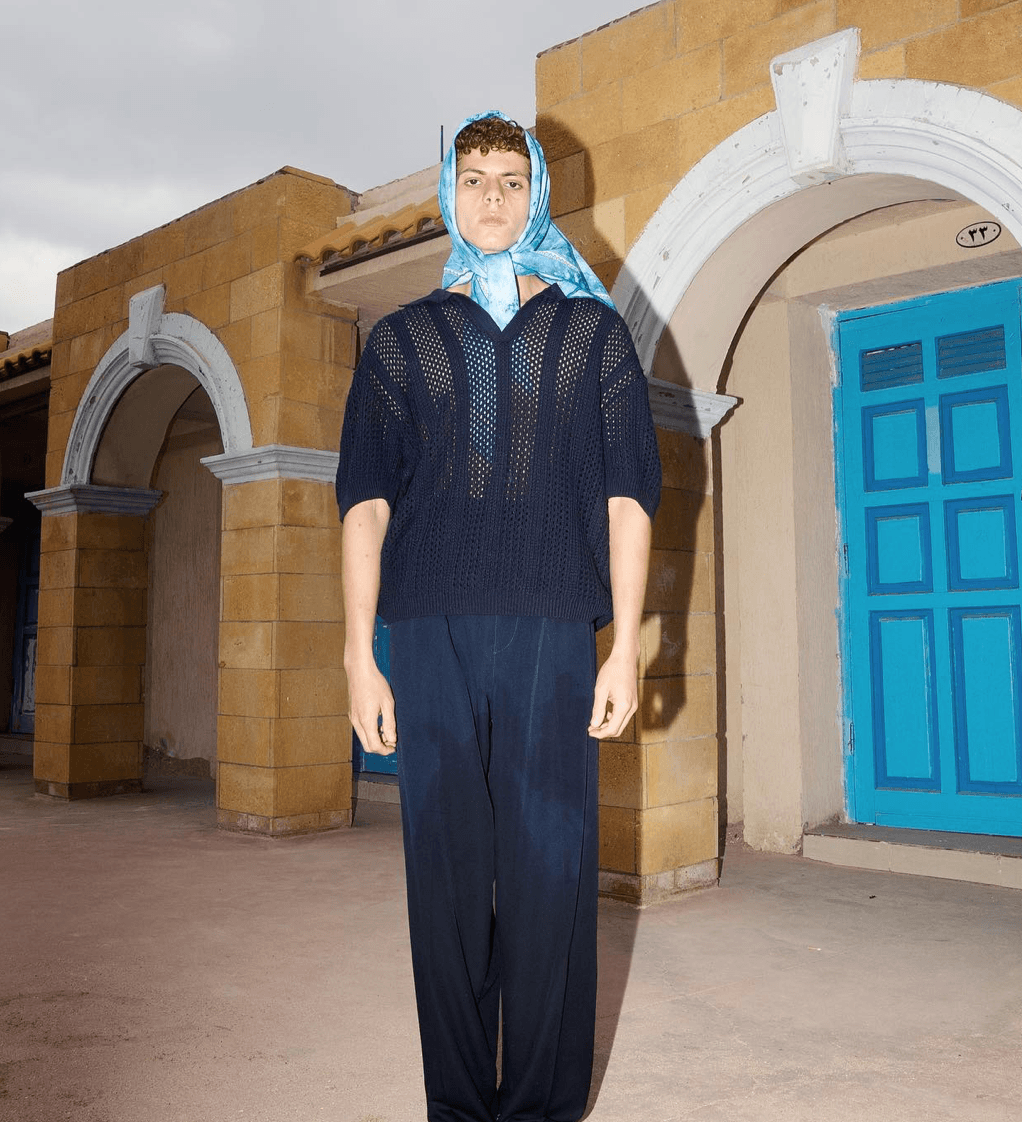
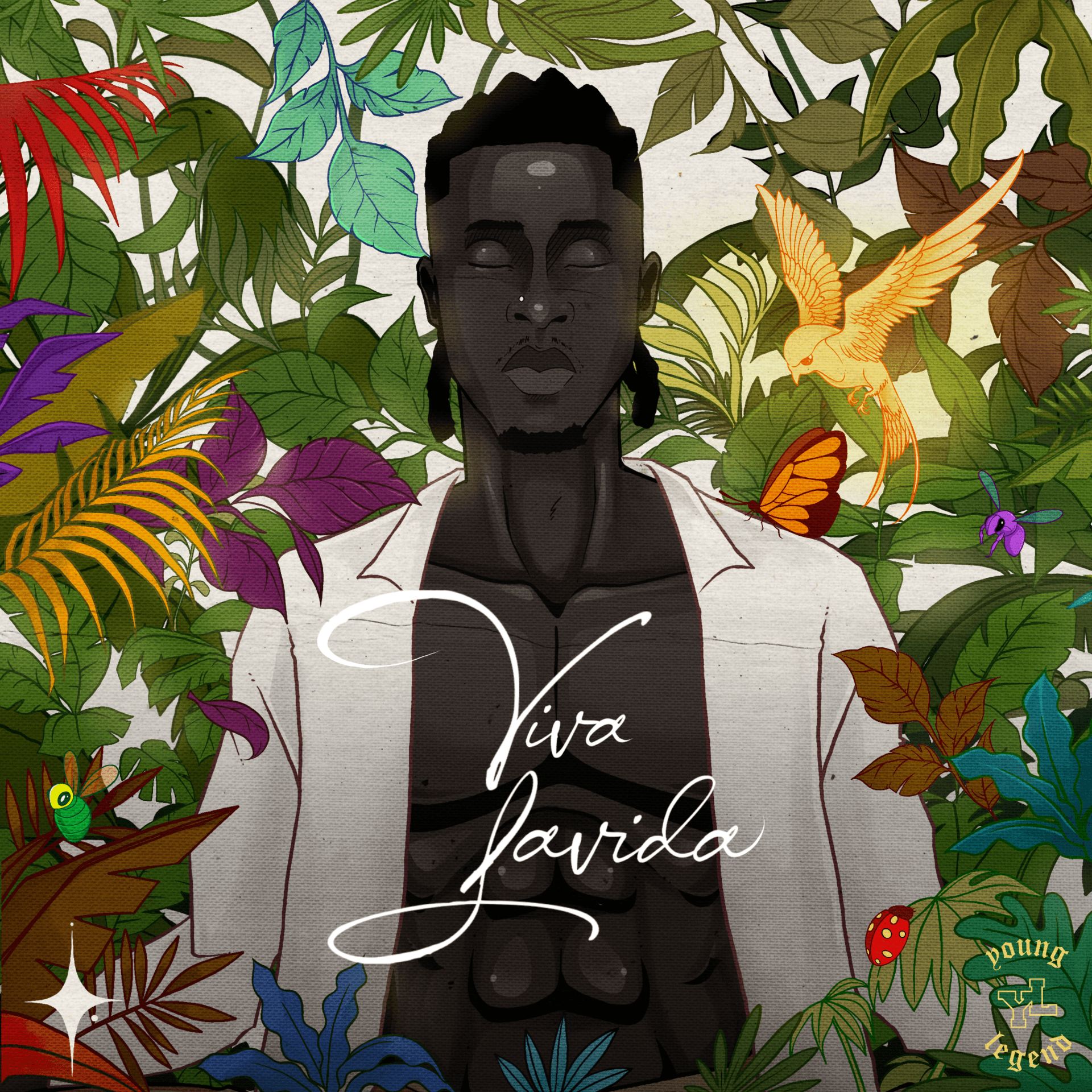
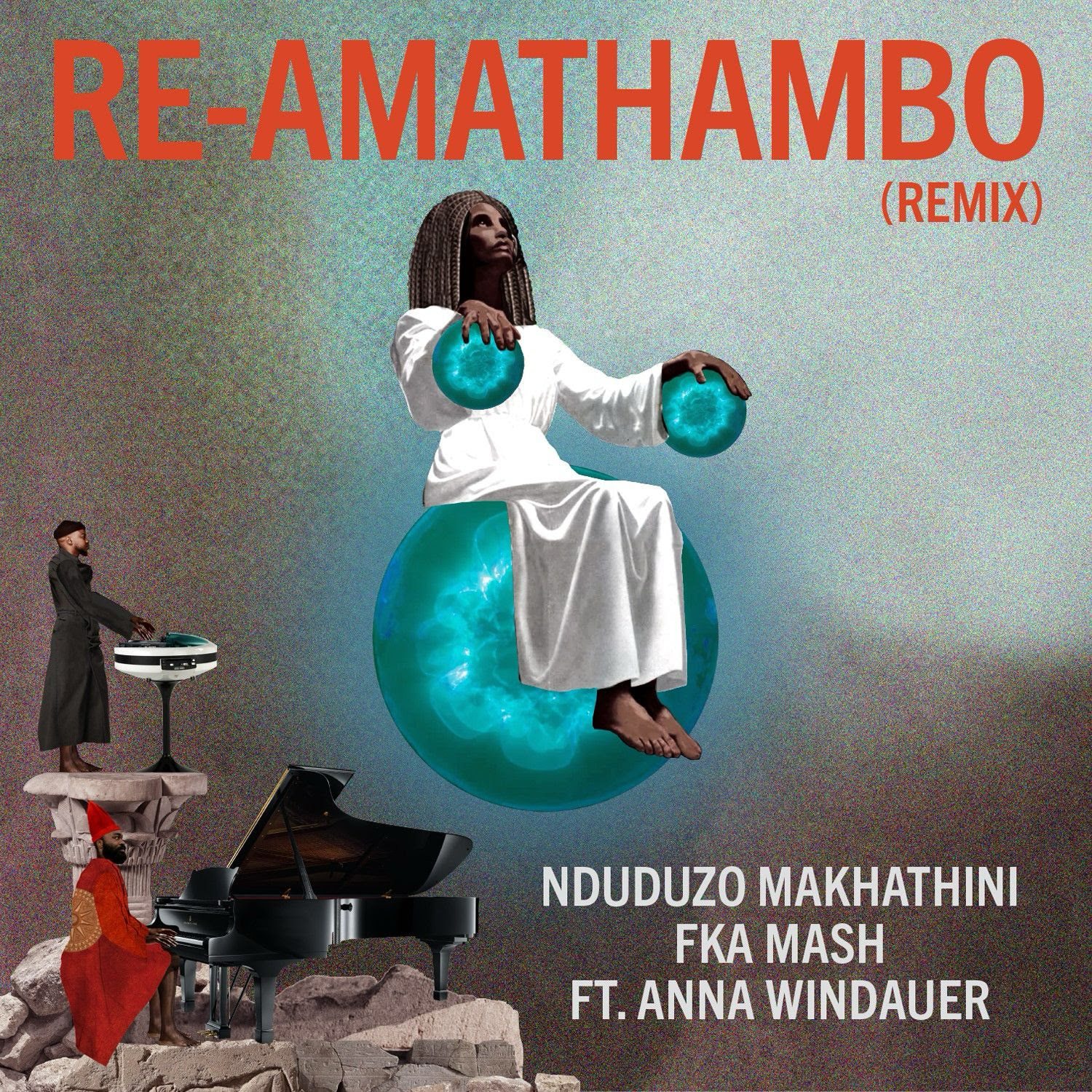
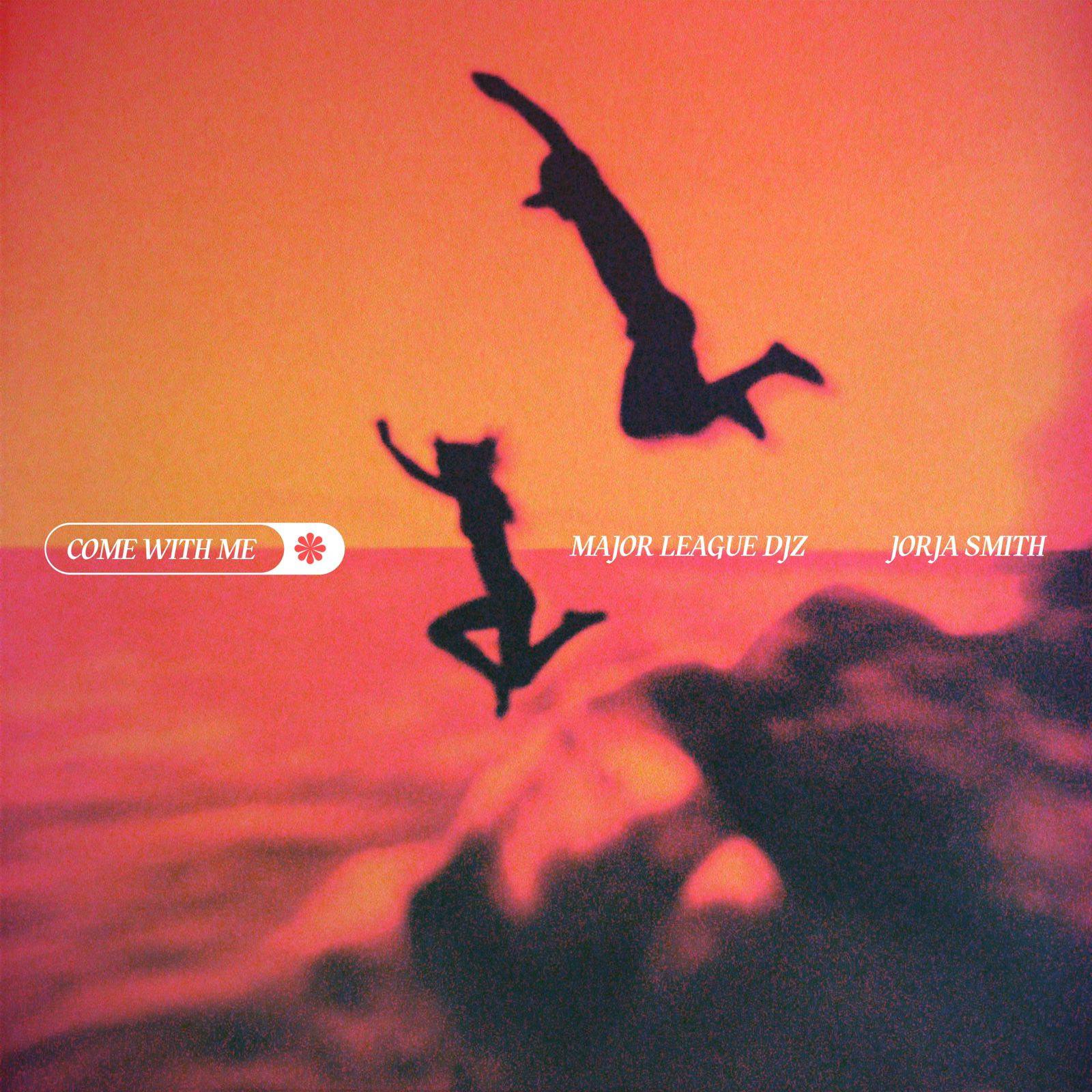
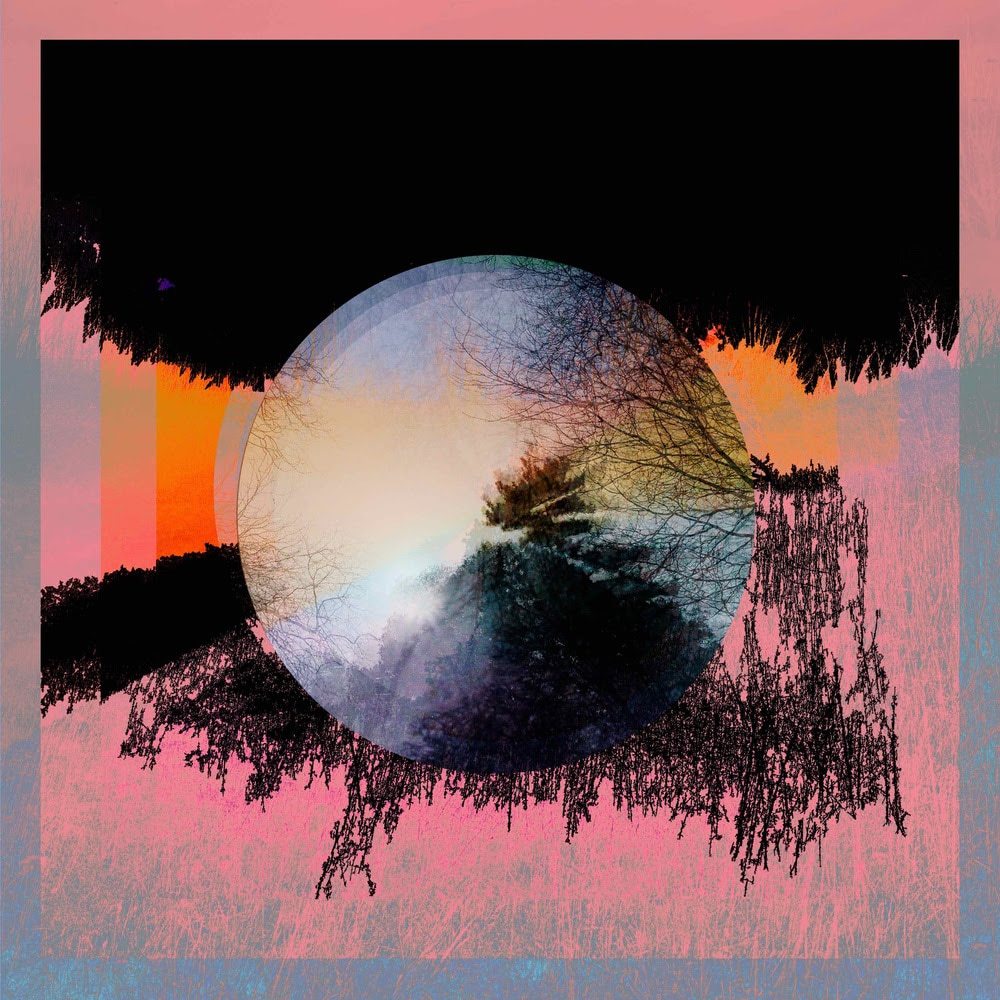
Recent Comments